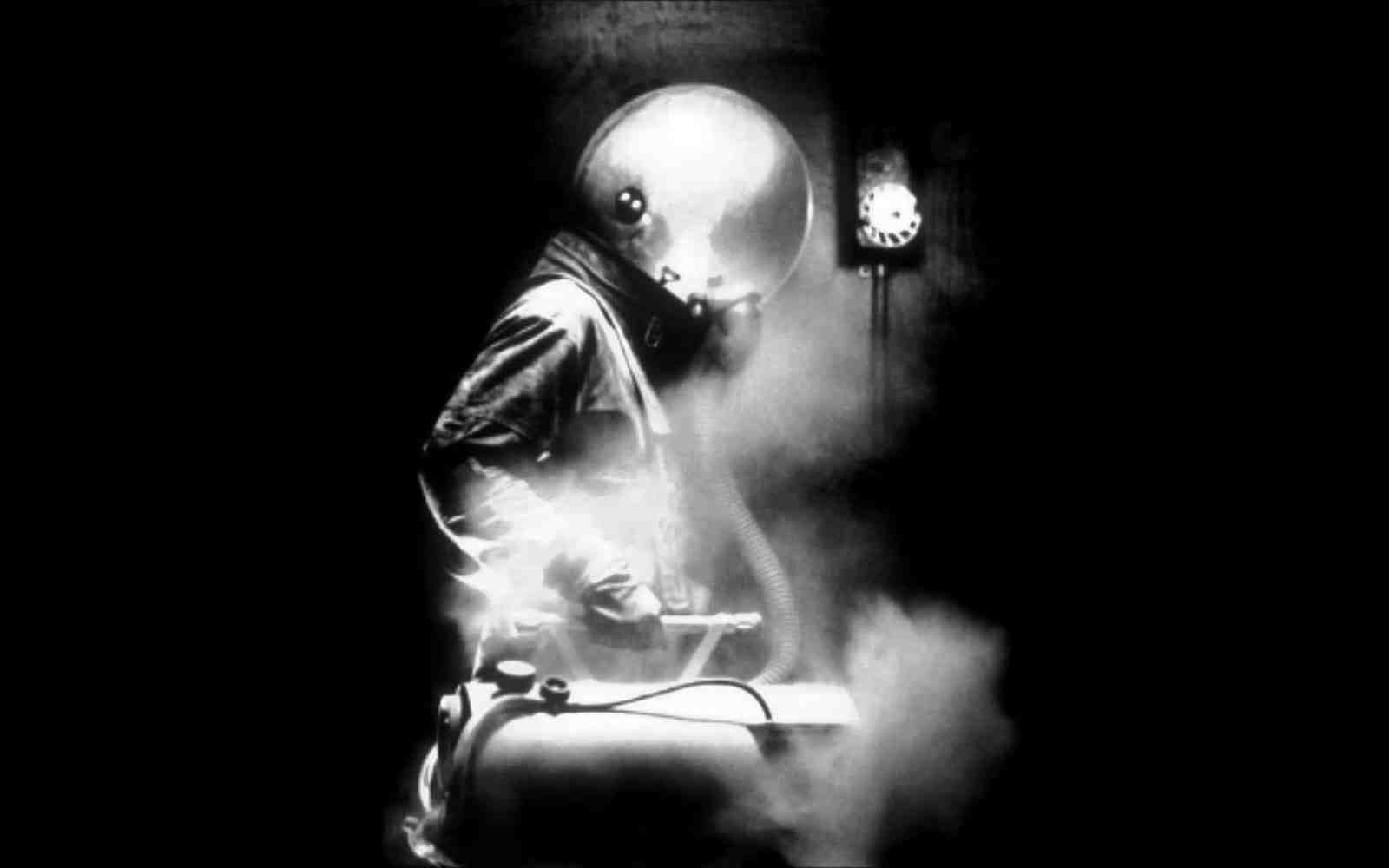The American Astronaut by Cory Mcabee (Review)

The American Astronaut has all of your typical sci-fi earmarks: spaceships, outposts on the rim of known space, bizarre creatures, totalitarian societies, rayguns, and, um, space barns. Come to think of it, it’s not your typical sci-fi movie. The spaceships look like railroad locomotives on the outside and prospector cabins on the inside. The distant outposts are more like honky-tonk saloons. And the barns are, well, floating through space.
But the raygun still vaporizes people, so there’s that.
And then there’s the whopper of a plot. Samuel Curtis, the titular American astronaut (he’s from Nevada, to be specific), has just completed his latest job — retrieving a cat for a third party that he’s meeting at the Ceres Crossroads, a gin joint located on a asteroid near Jupiter. After delivering the feline, he receives a new job from his friend, The Blueberry Pirate (so named because he’s made a career of hitting fruit shipments — quite the lucrative trade in this vision of the future).
The planet Venus has been colonized by beautiful women, and only one man lives there — Johnny R., whose one function in life is to be the sexual consort for every Venusian woman. Unfortunately, Johnny R. recently died, and his family on Earth wants his remains, and they’re willing to pay plenty. Unfortunately, the women of Venus are unwilling to part with the remains unless a new consort can be found for them.
So before he can get Johnny R.‘s remains, Curtis must go to Jupiter and retrieve “The Boy Who Actually Saw A Woman’s Breast,” a strapping young lad whose one claim to fame is that he did, indeed, see a boob. But Jupiter is a mining colony populated only by men, and Lee Vilensky, the controller of Jupiter, uses the The Boy and the tale of his legendary encounter to keep the workers under control. And so Curtis leaves on his madcap journey, with nothing but a suitcase containing a real, live girl in trade.
And since no sci-fi is complete without a vile fiend on the trail of our hero, Curtis is being chased by his old friend, Professor Hess, a psychopath who will only kill people that he has no reason to kill. Unfortunately, he has a very good reason to kill Curtis, which means Curtis is safe until Hess finds a way to forgive him. Then, out comes the raygun and zap.
With me so far? Well, I haven’t even gotten to the space barn, which is populated by Navada miners whose chance encounter with a mysterious space rock left them super-intelligent and spacebound.
The American Astronaut really works best if you stop trying to think of it as a contender for Star Wars’ crown, and more as a tweaked version of classic black-and-white serials such as Flash Gordon, Buck Rogers, Captain Video, and Commando Cody. Everything, from the sets to space suits, from the matte paintings used during the space scenes to The Boy’s god-like outfit hints back to those classic serials.
Of course, the humor is a fair bit bawdier, there’s a healthy sexual subtext, and the film packs a fiery rockabilly soundtrack courtesy of The Billy Nayer Show that sports such memorable numbers as “The Girl With the Vagina Made of Glass.”
But once you get used to the surreal sense of humor and put aside the lunacy of the plot, the film is pretty enjoyable in a cult-ish, postmodern mash-up manner. And the black-and-white cinematography lends itself to some truly striking imagery. One of my favorite sequences involves Curtis making his way across the surface of Ceres, skipping away in the low gravity whilst the soundtrack rocks out behind him. And in one of the more surreal musical numbers you’re likely to see this year, Professor Hess kicks, twirls, and rolls through a room full of little piles of ash — which are all that remain of his victims after his raygun gets a hold of them.
Sci-fi folks pride themselves on being willing to experiment, to “go where no man has gone before.” Chances are, those folks will find very little that’s enjoyable about The American Astronaut, even as it riffs on and subverts countless sci-fi types and clichés — and has one heck of a good time doing so.
